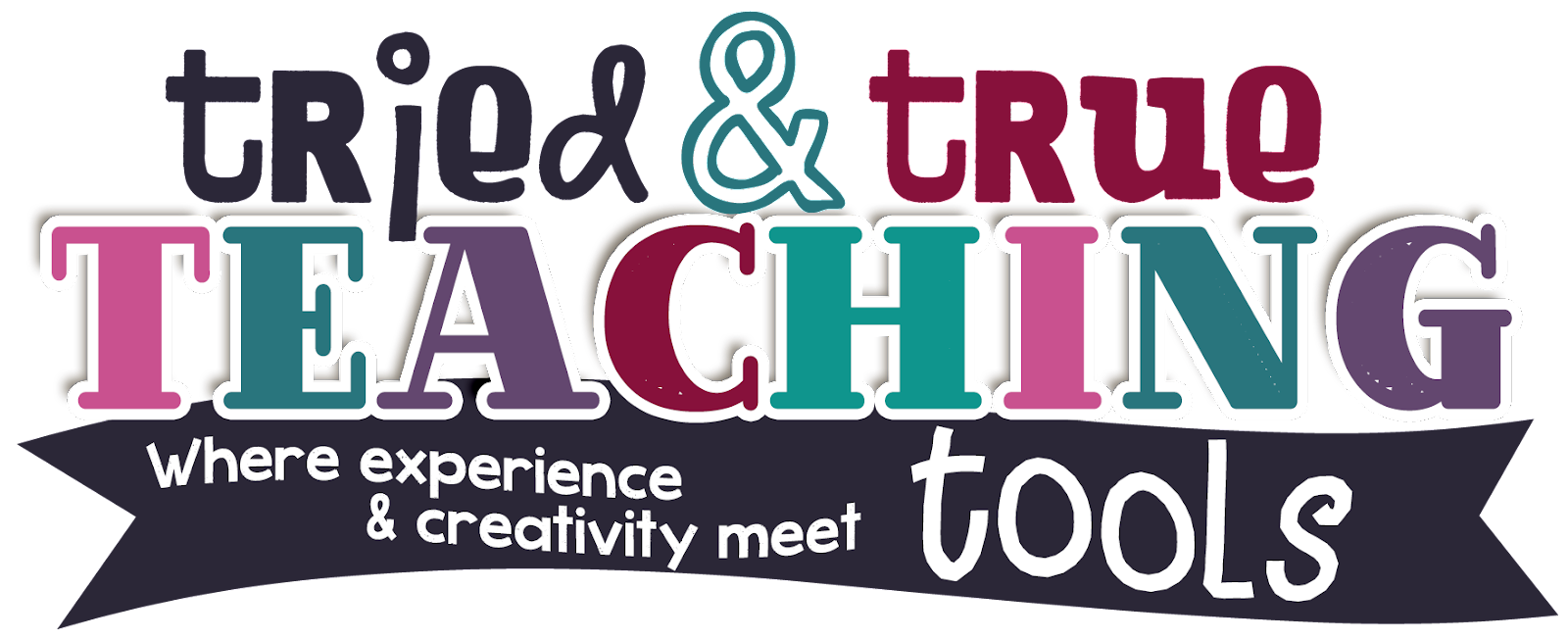My own process of
Rather than ME selecting work I thought students should keep, I slowly began having my kids look periodically at their work and select pieces THEY wanted to remember. Although at first they chose only the pieces with good grades, I encouraged them to select not only their favorite pieces (ie. the work they got good grades on), but also to choose work they did not do well on, so then they could later add an evidence of the same concept they mastered! This really freed up the need for perfectionism and instead, focused on growth.
Next, I wanted my students to notice a pattern in their learning. Which subjects were consistently easier for them? Which subjects or topics gave them difficulty? This slowly evolved into celebrating our successes and gave specifics for goal setting. I began to actually teach my kids HOW to set goals (so they are not just pie-in-the-sky wishes). You can download a copy of our GOAL sheet here.
You can also read more about simple ways to teach goal setting using picture books here.
We eventually moved from haphazardly identifying our strengths and selecting our goals into a more organized format. (Thank goodness!) Now that my students are looking at their work on a regular basis, it is simple to recognize their own strengths and areas to improve. They write these strengths as 3 Pluses and then select one area for improvement. I always emphasize choosing only 1 goal that will help students overall. (This way, it is attainable.) At first, children will want to focus on goals such as, “I want to get all 4’s”, but gently guide them toward more meaningful and realistic learning goals. Then parents and you, the teacher, will also write the child’s strengths and a goal. (More details about this in the next post: student-led conferences.)
The “3 pluses” then become the sections in the student’s portfolio Table of Contents. Since the subject or topic selected is (supposedly) a child’s strength, he or she puts the hard evidence into his or her portfolio. If a child says, “I don’t have any evidences,” then it may be a good conversation to determine whether or not the student’s strength is an accurate assessment.
The most important aspect of Student Portfolios, however, is the student reflection piece. Once state learning standards were put into place (and now the CCSS), it made it simple for students to understand what they were learning and to measure if their work demonstrated proficiency. Students reflect on each piece of evidence; writing what they learned or why they selected the artifact, as well as what they’d do to improve next time.
Word of caution, however: writing actually reflective reflections (?) does not come naturally! We always do LOTS of modeling first! I may start with an assignment that I’ll hold up & ask the class, “If this was a really “good” (I hate that word) assignment, what would it look like? What would you expect to see?” I jot down student responses, then we discuss which ones were the most specific or aligned to the standard. (“Because it is neat” may fit into the practice of precision, but it does not usually align to the content standard. . .) For younger children, I used to write their phrases on sentence strips and have it available in our pocket chart: “This Spelling Sort shows I know all the different ways to spell long ā.” “My reading log shows I can read chapter books.”
Similarly, when teaching how to write goals, we practice writing specific goals to help with that same curricular content. Your students will want to write, “Next time I want to write neater.” or “Next time I want to spell better.” It will take constant modeling of appropriate (and redirecting) goals that actually have to do with the content.
I’ve compiled all the forms needed for Student Portfolios here. I hope it is helpful in getting you started!












No comments
Post a Comment